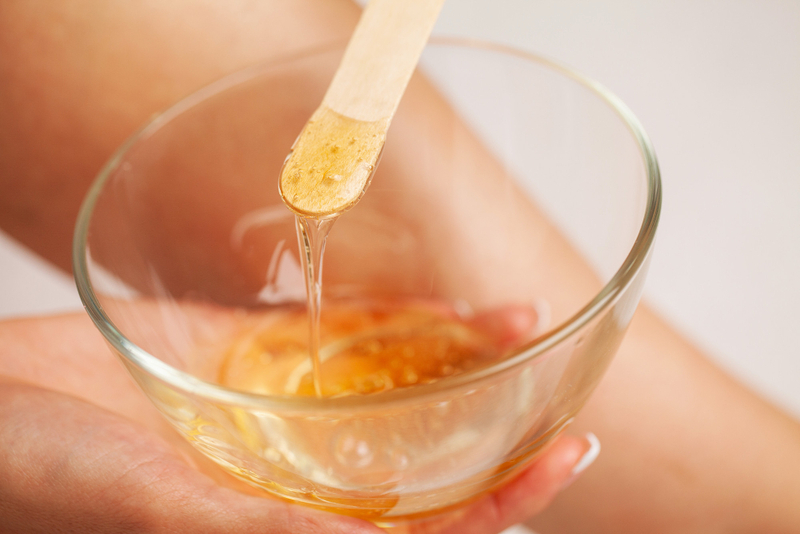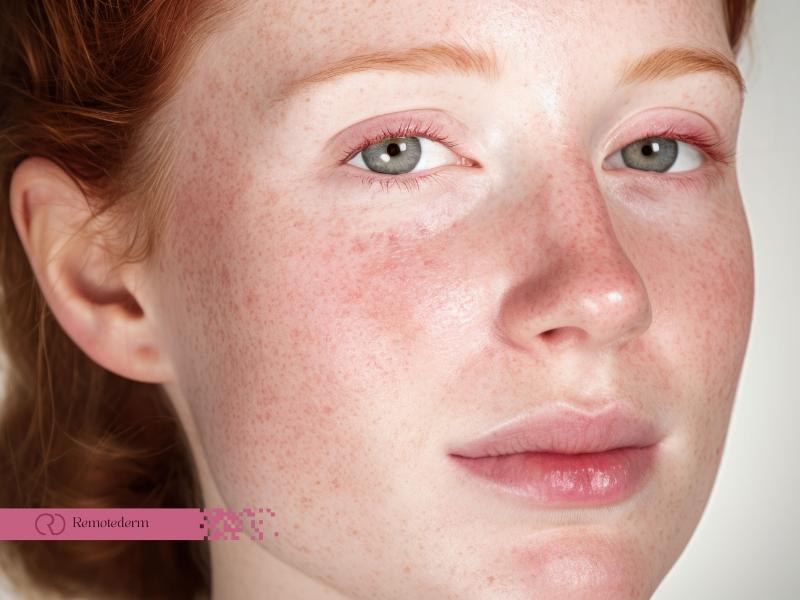Facial plethora can be a source of discomfort and self-consciousness for many individuals. Whether it manifests as occasional flushing or persistent redness, comprehending the underlying factors contributing to facial plethora is essential for effective management. In this in-depth exploration, we delve into the intricate aspects of facial plethora, shedding light on its causes, symptoms, and the diverse range of treatment options available.
What is Facial Plethora?
Facial plethora encompasses a spectrum of facial redness, varying from mild flushing to a pronounced, persistent discoloration of the skin. While it may occur intermittently in response to stimuli such as embarrassment or exertion, persistent redness can signal an underlying health condition. Recognizing the symptoms and seeking appropriate medical attention are crucial steps in managing facial plethora effectively.
Symptoms of Facial Plethora
Recognizing the symptoms linked with facial plethora holds paramount importance in facilitating early intervention and effective management strategies. Below, we elaborate on the diverse array of symptoms associated with facial plethora:
- Persistent redness: The affected individual may exhibit consistent redness across their face, which may vary in intensity throughout the day.
- Flushing: Sudden episodes of intense redness that come and go, often triggered by factors such as stress, heat, spicy foods, or alcohol consumption.
- Swelling: In some cases, facial plethora may be accompanied by swelling or puffiness, particularly around the cheeks and nose.
- Telangiectasia: The appearance of small, dilated blood vessels on the skin’s surface, resembling fine red lines or spider veins.
- Warmth: The skin of the face may feel warm to the touch, even when there is no external cause for increased temperature.
- Sensitivity: Individuals with facial plethora may experience heightened sensitivity to certain skincare products, sunlight, or environmental irritants.
What Causes Facial Plethora?
The development of facial plethora is influenced by a multitude of underlying factors, each contributing to its onset and severity. Understanding these diverse elements sheds light on the complexity of this dermatological concern, empowering individuals and healthcare professionals alike to effectively manage and address its manifestations. Below, we explore the multifaceted nature of facial plethora causes:
- Rosacea: Among the primary causes of facial redness, rosacea is a chronic skin condition characterized by episodes of flushing, persistent redness, and visible blood vessels. The inflammatory nature of rosacea contributes to the dilation of blood vessels in the face, leading to pronounced redness over time.
- Cushing’s Syndrome: This hormonal disorder, characterized by prolonged exposure to high levels of cortisol, can result in facial plethora as one of its symptoms. Elevated cortisol levels lead to vasodilation, causing the skin to appear flushed or red.
- Environmental Triggers: External factors such as exposure to sunlight, extreme temperatures, and pollutants can trigger episodes of facial redness in susceptible individuals. UV radiation from the sun, in particular, can exacerbate inflammation and dilation of blood vessels, leading to pronounced redness and flushing.
- Dermatological Disorders: Certain skin conditions, such as lupus or dermatomyositis, may manifest with facial redness or plethora due to underlying inflammation or autoimmune reactions affecting the skin.

Facial Plethora Treatment Options
Managing facial plethora involves a multifaceted approach aimed at addressing the underlying cause and alleviating symptoms. Treatment modalities may include:
- Topical Therapies: Dermatologist-prescribed creams or gels containing ingredients like azelaic acid or metronidazole can help reduce inflammation and redness associated with conditions such as rosacea.
- Oral Medications: In cases where topical treatments are insufficient, oral antibiotics or anti-inflammatory medications may be prescribed to control symptoms and prevent flare-ups.
- Laser and Light Therapies: Procedures such as intense pulsed light (IPL) therapy or vascular laser treatment can target underlying blood vessels, reducing facial redness and improving skin tone.
- Lifestyle Modifications: Adopting lifestyle changes such as avoiding triggers like spicy foods, alcohol, and excessive sun exposure can help minimize flushing episodes and maintain skin health.
- Online Dermatology Services: Accessing specialized care for facial plethora is essential for accurate diagnosis and personalized treatment planning. Online dermatology in Canada offers a convenient and accessible platform for individuals to consult with qualified dermatologists from the comfort of their homes.
Facial Plethora Natural Remedies

Facial redness can be relieved with natural remedies. Consider the following options:
- Green Tea: Its anti-inflammatory properties can reduce redness.
- Aloe Vera: Soothes irritated skin and reduces inflammation.
- Cucumber: Applying cucumber slices can cool and calm flushed skin.
- Oatmeal: Used as a mask or in a bath, it can soothe and reduce redness.
- Chamomile: Its anti-inflammatory properties can calm irritated skin.
- Coconut Oil: Provides hydration and reduces inflammation.
- Honey: Has antibacterial properties and can soothe inflamed skin.
- Cold Compress: Applying a cold compress can constrict blood vessels and reduce redness.
For learn more about Facial Plethora look this table:
| Remedy | Pros | Cons |
|---|---|---|
| Green Tea | Anti-inflammatory, rich in antioxidants, soothes skin | May cause irritation in sensitive skin types |
| Aloe Vera | Hydrating, reduces inflammation, promotes healing | Some people may be allergic, can cause dryness if overused |
| Cucumber | Cooling effect, hydrates skin, reduces puffiness | Temporary relief, not a long-term solution |
| Oatmeal | Soothes skin, reduces irritation, good for sensitive skin | Can be messy to apply, may not work for all redness types |
| Chamomile | Anti-inflammatory, calms irritated skin | Can cause allergies in people sensitive to ragweed |
| Coconut Oil | Hydrating, reduces inflammation, antibacterial properties | May clog pores and cause breakouts in oily skin |
| Honey | Antibacterial, soothes irritation, locks in moisture | Sticky texture, can attract dirt if not washed off properly |
| Cold Compress | Constricts blood vessels, reduces redness quickly | Provides only temporary relief, overuse can cause irritation |
Final Thoughts
In conclusion, understanding facial plethora is crucial for its effective management and treatment. Whether it stems from underlying conditions like rosacea or hormonal imbalances, or is triggered by environmental factors, recognizing the symptoms and seeking appropriate care is essential. Treatment options vary from topical therapies and oral medications to laser treatments and lifestyle modifications. Additionally, online dermatology services in Canada offer accessible avenues for individuals to receive expert guidance and personalized treatment plans from qualified dermatologists. By addressing the root causes and adopting tailored approaches, individuals can effectively manage facial plethora and improve their skin health and overall well-being.
FAQs
Can stress exacerbate facial plethora?
Yes, stress can trigger or exacerbate facial redness in individuals with conditions like rosacea, as it can lead to the release of stress hormones that affect blood vessel dilation.
Are there any dietary changes that can help reduce facial redness?
Some individuals find that avoiding triggers such as spicy foods, alcohol, and caffeine can help minimize flushing episodes and reduce facial redness over time.
Is facial plethora always a sign of an underlying health condition?
While facial plethora can indicate underlying issues like rosacea or hormonal imbalances, occasional redness or flushing may be normal and not necessarily indicative of a medical concern.
Can over-the-counter skin care products help with facial redness?
While some over-the-counter products may provide temporary relief for mild redness, it’s essential to consult with a dermatologist for personalized treatment recommendations, especially for persistent or severe symptoms.
